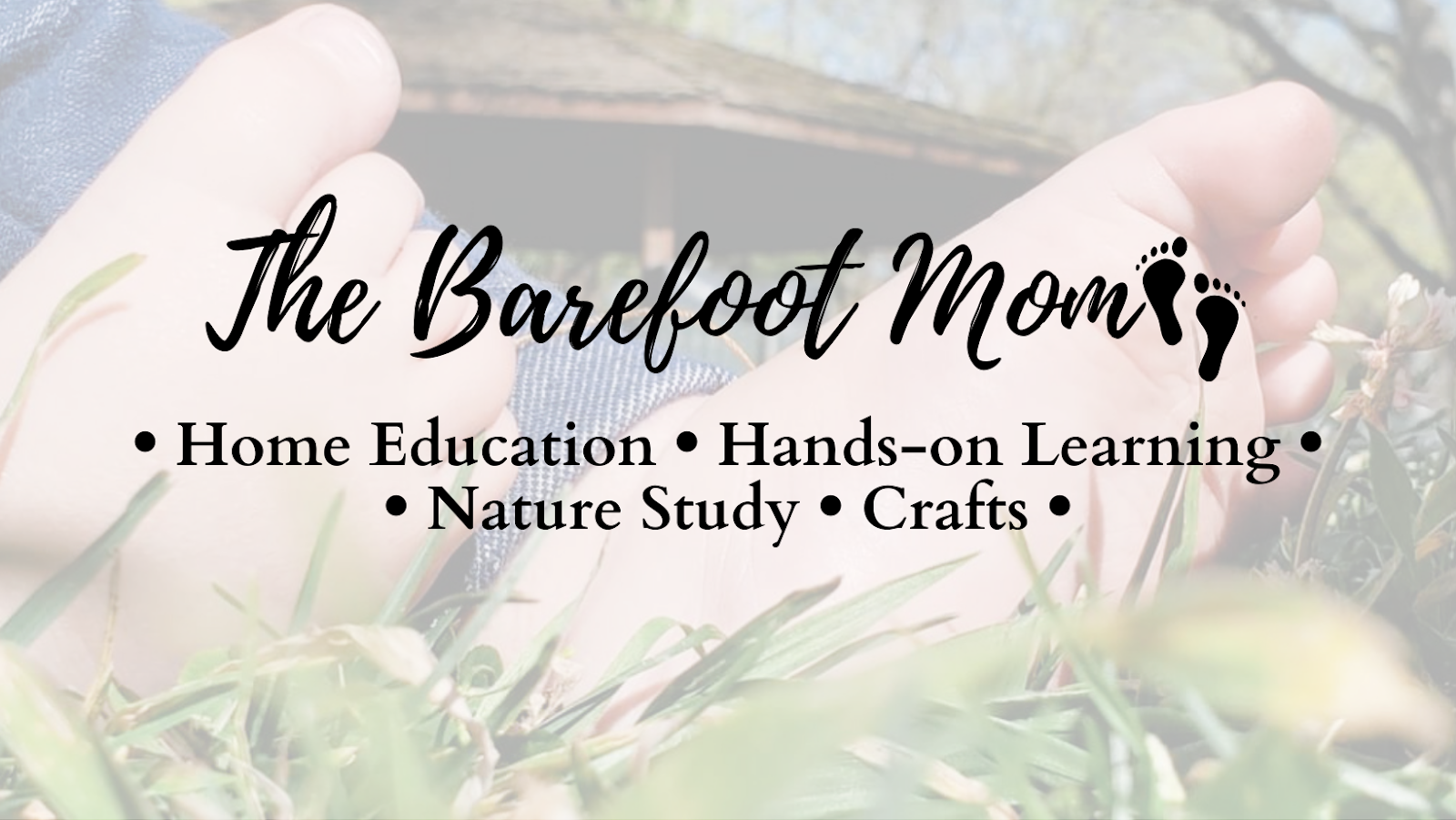With so many people considering alternative education programs right now, I've come across a lot of people implying that homeschooling is only doable for wealthy families. These types of comments tend to get me fired up because they simply aren't true. There are so many different ways to homeschool and so many free and affordable resources available to homeschooling families these days, that almost anyone who wants to make it happen for their family, can find a way to make it work. Where there's a will, there is a way.
I should start off by saying that I understand there are some circumstances that might make homeschooling impossible for some families, like those with certain custody agreements, and single parents who have no support system. For the most part though, if you want to educate your kids at home, there is a way to make it work. I personally know several single parents living on fairly low incomes, who have found ways to home educate their kids.
It All Boils Down to Priorities
My family isn't wealthy by any means. We live off a single fairly modest income. We choose to sacrifice some of the luxuries other families have, in exchange for more time together, and the opportunity for my kids to learn in an environment where they are free to pursue their individual interests and passions. While this means that we don't take many vacations to exotic locations, we drive older vehicles that are paid off, we live in a modest house, and we buy many things second hand, I personally feel it is well worth it to have this time home with my kids. These years are short and I can't get them back once they are gone, so I want to make the most of them.
We all have different priorities in life. If taking lavish vacations or driving a brand new vehicle with all the bells and whistles is a major priority for you, and it takes two full time incomes to achieve that, that's okay, maybe the homeschool life isn't for you. But if things like spending more time together as a family, or giving your kids a chance at an individualized education are important to you, chances are you can find the motivation and resources to make homeschooling happen.
Homeschool Options and Methods
Like I mentioned earlier, there are so many great homeschool options out there. School at home, does not have to look anything like public school. There's no reason school has to happen 8AM to 2PM, Monday through Friday. You can do school anytime that works for your family's schedule: evenings, weekends, mornings. You can even plan around your work schedule.
Another thing to take into account when considering home education, is that homeschooling tends to take much less time than public school. One on one education is just more efficient, there's no quieting down a room full of wiggly kids, no lining up for everything, no taking attendance, etc... There's just that day's lesson plan, and if you don't get everything accomplished that you had planned, there's no reason some of it can't wait until tomorrow.
You also have the freedom to find a method or program that fits your child's individual interests and needs. Kids are much more willing to participate and even work on their own, when it's presented in a way that fits their particular learning style and interests. Self directed learning means less time you have to be actively engaged as an educator.
Explore the homeschooling options available in your state and your area. Many states offer home based programs through public charter schools or through private programs. These types of programs often assign you a teacher who is there to offer advice and guidance, taking some of the burden off your shoulders. There are also lots of different online school options where your days are planned and laid out for you. Or you can go the private route and choose whatever type of curriculum or learning method you want.
Our family leans towards the unschooling side of the homeschool spectrum, meaning that most of our learning is child led and woven into our everyday lives. We learn science while hiking and exploring in the woods. We practice math at the grocery store and in the kitchen. My kids watch loads of documentaries and have the freedom to explore whatever topics happen to interest them. It takes a little practice to learn to recognize and take advantage of natural learning opportunities, but once you get the hang if it, it actually makes homeschooling pretty easy. I do very little planning or preparation. I just make sure my kids have access to the resources they need to dive in and explore topics that interest them. This usually means lots of trips to the library, teaching them how to do research online, helping them find good documentaries, and keeping lots of school and craft supplies on hand.
Ways to Make an Income From Home
Since finances seem to be one of the biggest obstacles most families face when it comes to pulling their kids out of the public school system, here are a few ideas for making an income from home:
-Start an in home daycare
-Offer tutoring to other homeschool families
-Become a virtual assistant
-Pick up freelance work online
-Start a blog
-Affiliate Marketing
-Start an Etsy business
-Become an Instagram influencer
-Pet sitting
-Teach foreign students online
-Online Bookkeeping
-Create online courses
Just know that if homeschooling is something you want to do, you CAN make it happen. It might take some creativity and sacrifice, but it will be well worth it to have these precious years with your kids!
Here are a few more posts for those considering homeschooling or those that are new to the homeschool life:
Follow me on:


Comments
Post a Comment